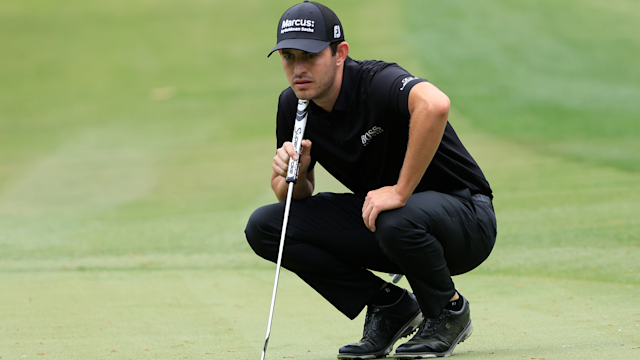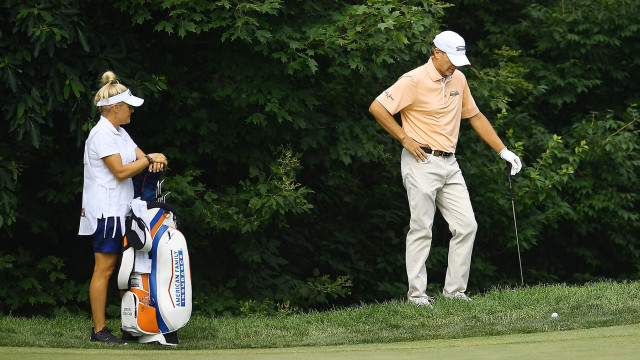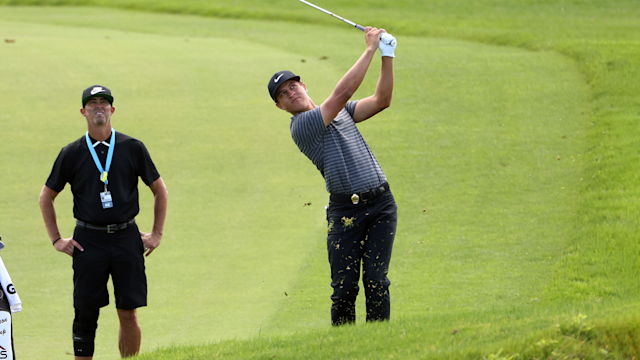quick coaching
Lesson Learned: Don’t Let the Rough Lead to Your Memorial
By Keith Stewart, PGA
Published on

(Photo by Sam Greenwood/Getty Images)
Patrick Cantlay earned his second Memorial title on Sunday afternoon after making consecutive pars on the 18th hole from the right rough. The first par was on the 72nd hole of the tournament and the second was in a playoff. Each of those approach shots were about 165 yards from the hole.
How was Cantlay able to hit two shots from that lengthy grass with the tournament on the line?
Speed and strength do play a key role in the level of his success from that distance, but every golfer can learn from his technique. We may not be able to hit the ball as far as Patrick, but with just a couple simple keys you can improve your contact and distance from golf’s most abundant hazard.
There are different sorts of rough lies and an equal number of different types of grass courses grow to constitute rough. Understanding how both work together is the first key to executing the shot.
Evaluate the thickness and height of the lie.
Imagine a graph whereas the grass gets thicker, and the ball sits lower in that grass our rate of advancement goes severely down. Conversely, as the grass gets thinner or shorter and the ball sits higher, we can start to plan for a better result.
Reading the situation is the most important element of playing from the rough. It will determine the club we choose, the target line and the direction of the ball flight. Pay attention to this first and very important step. The more difficult the situation, the more loft you will need to get out.
Just because you are 150 yards from the hole doesn’t mean you get to hit a 150 yard shot. Pick a club that will give you the most success. Maybe the front of the green is 20 yards short of the hole? Plan for getting the ball to the safest possible place. This has to be away from further trouble such as water or sand. Go for the largest area of green or fairway you can reach. The rough will not allow you to stop the ball once it lands. Don’t compound the problem with another “rough” situation.
Hitting from longer grass will cause you to pull the ball. The grass grabs the lowest part of the shaft/hosel and turns the clubface. When you aim, account for a pull when choosing your start line for the shot. So much of PGA Coaching revolves around planning. Working with players on the course is what modern golf instruction is all about. Next time you take a lesson ask your PGA Coach to create some real round situations. Determining your best course of action from different types of positions can lower your scoring average significantly.
Once you select the club, target area and start line it’s time to hit the shot. As you address the ball, move it back in your stance. NOT all the way to the back/trail foot, but rather back about two inches behind the normal ball placement for the club you are using. Moving it back will create a steeper angle of attack on the ball. An imperative move when attempting to strike the ball from a rough lie. You won’t need to change your swing, just moving it back will account for the steepness needed to launch the ball from the longer grass.
Follow these simple steps next time you are in a shaggy spot on the course.
- Assess the lie and grass.
- Select a target and successful start line.
- Move it back and follow through.
Accomplish these three things and you’ll be amazed by your newfound Cantlay competence from the rough!


